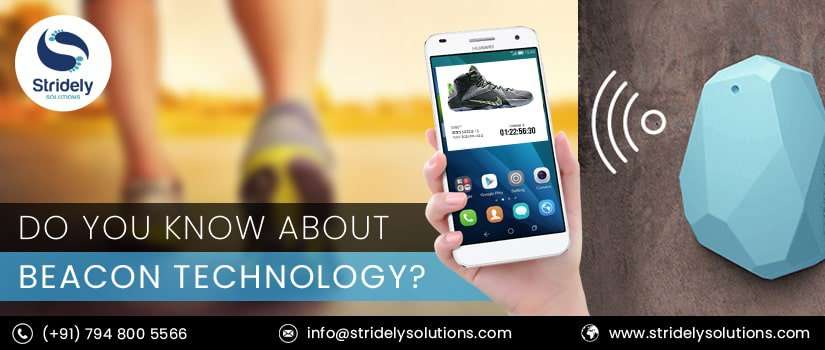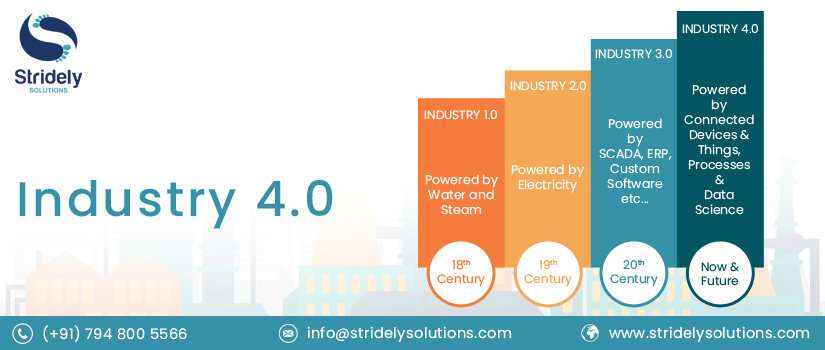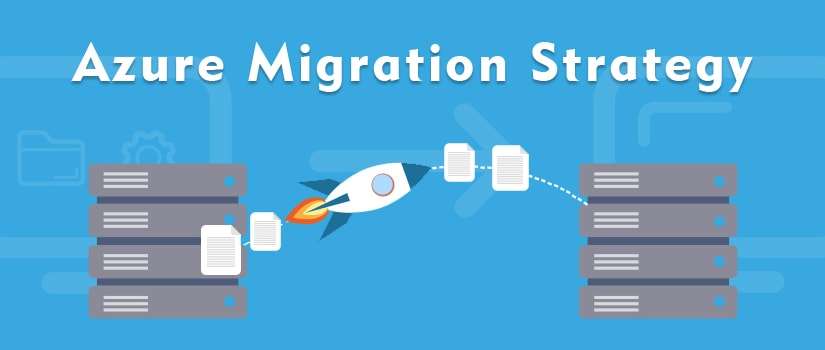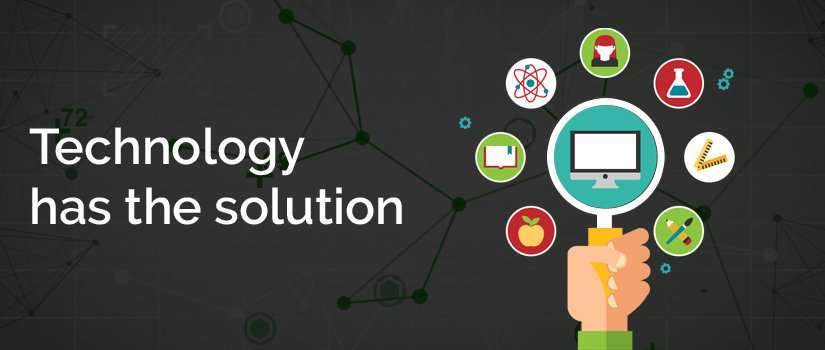Beacon Technology

Beacon is the fast-growing technology in today’s digitized world. This brings the enterprise nearer to the consumers. This helps the organizations improve their business and services.
Industry 4.0 and Internet of Things

Technology is never limited nor is it going to end up someday. I remember the birth of steam and how that was a revolution of time, the machines when just started to work for the first time which was a noteworthy contribution by our ancestors.
Azure Migration Strategy

Many Organizations are moving to the cloud for the development of their infrastructure. Yeah, cloud as cost-effective means to develop, deploy and manage their infrastructure. A Cloud platform provides many advantages such as higher efficiency, greater flexibility, lower costs and superior performance of applications.
Technology has the solution

I won’t be very much surprised when I would say this but are we really devoting much of our time, money or energy on our vehicles.
After our houses, a car is the costliest thing where we like to invest our money in and that to which idly decreases as soon as we get them off road from the showroom.

